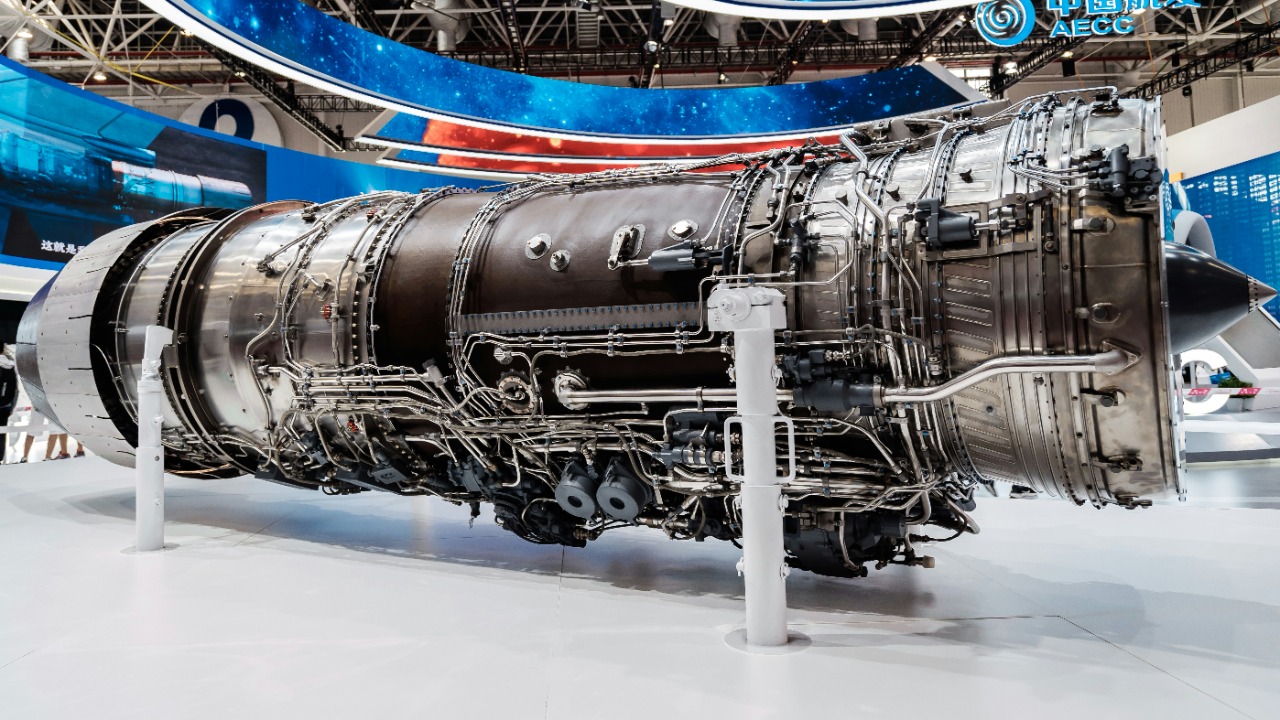
As the demand for artificial intelligence (AI) continues to surge, data centers are exploring innovative solutions to meet their growing energy needs. One such solution involves repurposing old jet engines as gas turbines to generate power. This approach not only utilizes surplus aviation hardware but also provides a reliable on-site power source, particularly in regions where the electrical grid is under strain. As AI models become more computationally intensive, these creative strategies are essential to bridging the gap between energy supply and consumption.
The Surge in AI-Driven Energy Demands
The rapid growth of AI technologies has led to a significant increase in electricity consumption by data centers. Projections suggest that global energy use by these centers could double by 2026, driven largely by the demands of training and running large language models. For instance, training a model like GPT-4 requires an amount of power comparable to that used by thousands of households, placing immense pressure on existing infrastructure. This trend is particularly evident in regions such as Northern Virginia and Ireland, where clusters of data centers are pushing local power grids to their limits, necessitating a diversification of energy sources.
As AI workloads continue to expand, the energy intensity of these operations becomes a critical concern. The infrastructure supporting AI must evolve to handle the increased load, and this often means looking beyond traditional power sources. In areas where data centers are concentrated, the strain on local grids can lead to power shortages and increased costs, prompting operators to seek alternative solutions that can provide both reliability and efficiency.
Repurposing Jet Engines for Stationary Power
One innovative solution to the energy demands of AI is the repurposing of decommissioned aircraft engines into gas turbines. These engines, such as those from Boeing 747s, are modified to function as stationary power sources, capable of producing between 20 and 50 megawatts per unit. This transformation involves removing thrust components and integrating the engines with electrical generators, leveraging aerospace expertise to achieve efficiency rates exceeding 40%. This approach not only provides a cost-effective alternative to building new natural gas plants but also allows for rapid deployment, making it an attractive option for data centers facing immediate energy challenges.
The economic incentives for retrofitting jet engines are significant. The costs associated with converting these engines are often 30-50% lower than constructing new power plants, providing a financially viable solution for data centers looking to expand their energy capacity quickly. This cost-effectiveness, combined with the ability to deploy these turbines rapidly, makes them an appealing choice for operators seeking to meet the growing demands of AI workloads.
Implementation Challenges and Innovations
Despite the potential benefits, the implementation of jet engine turbines as power sources is not without challenges. Environmental concerns, such as emissions from these turbines, must be addressed to align with sustainability goals. Efforts are underway to pair these turbines with carbon capture technologies or renewable fuels, reducing their environmental impact and making them a more sustainable option for data centers.
Logistical hurdles also exist, particularly in sourcing reliable surplus engines. The aviation industry has seen an increase in retirements due to post-pandemic fleet reductions, creating opportunities to acquire these engines. Companies like GE and Pratt & Whitney are involved in the supply chain, ensuring that the engines are available for conversion. Pilot projects in locations such as Texas and California have demonstrated the viability of these turbines, providing uninterrupted power during peak AI processing periods and showcasing their potential as a reliable energy source.
Broader Implications for Energy and Tech Sectors
The trend of repurposing jet engines for data center power has broader implications for both the energy and technology sectors. As demand for retired aviation parts increases, new industries may emerge around hybrid power systems, driving innovation and economic growth. The scalability of this solution is significant, with estimates suggesting that thousands of idle jet engines worldwide could offset up to 10% of data center growth needs through 2030.
Policy considerations also play a role in the adoption of this technology. Regulatory approvals are necessary for the non-aviation use of these engines, and incentives under frameworks like the U.S. Inflation Reduction Act could support the transition to these alternative power sources. As the energy landscape evolves, the integration of repurposed jet engines into data center operations represents a promising step toward meeting the energy demands of the future.
In conclusion, the use of old jet engines as gas turbines offers a compelling solution to the energy challenges faced by data centers in the age of AI. By leveraging surplus aviation hardware, operators can meet the growing demands of AI workloads while addressing grid constraints and environmental concerns. As this trend continues to develop, it holds the potential to reshape the energy and technology sectors, driving innovation and sustainability in the process.